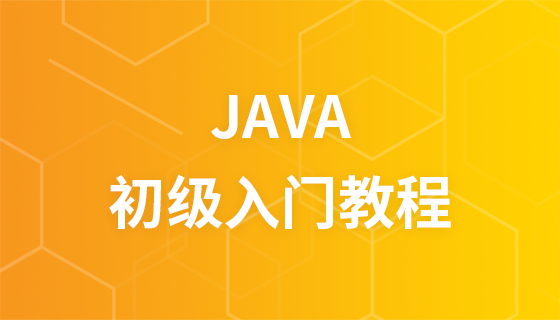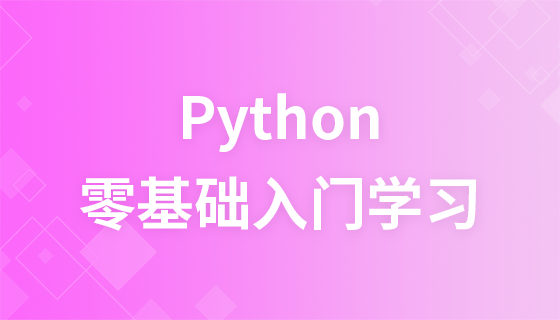Create lock
use IlluminateSupportFacadesCache; $lock = Cache::lock('foo', 10); if ($lock->get()) { // 处理业务逻辑 sleep(3); $lock->release(); }
Get an indefinite lock and automatically release it
The get method can receive a closure. After the closure is executed, Laravel will automatically release the lock.
Cache::lock('foo')->get(function () { // 获取无限期锁并自动释放... });
Acquire the lock within the specified time
use IlluminateContractsCacheLockTimeoutException; $lock = Cache::lock('foo', 10); try { $lock->block(5); echo "5秒时间内成功获取锁..."; } catch (LockTimeoutException $e) { echo "5秒时间内获取锁失败..."; } finally { optional($lock)->release(); }
Or
Cache::lock('foo', 10)->block(5, function () { echo "5秒时间内成功获取锁..."; });
Ignore the owner and force release the lock
Cache::lock('foo')->forceRelease();
Cross-process management lock
// 控制器中... $podcast = Podcast::find($id); $lock = Cache::lock('foo', 120); if ($result = $lock->get()) { ProcessPodcast::dispatch($podcast, $lock->owner()); } // 队列任务中... // 使用锁名称和拥有者重新获取锁实例后再释放 Cache::restoreLock('foo', $this->owner)->release();
The above is the detailed content of How to use Redis distributed lock in Laravel. For more information, please follow other related articles on the PHP Chinese website!
 Commonly used database software
Commonly used database software What are the in-memory databases?
What are the in-memory databases? Which one has faster reading speed, mongodb or redis?
Which one has faster reading speed, mongodb or redis? How to use redis as a cache server
How to use redis as a cache server How redis solves data consistency
How redis solves data consistency How do mysql and redis ensure double-write consistency?
How do mysql and redis ensure double-write consistency? What data does redis cache generally store?
What data does redis cache generally store? What are the 8 data types of redis
What are the 8 data types of redis



